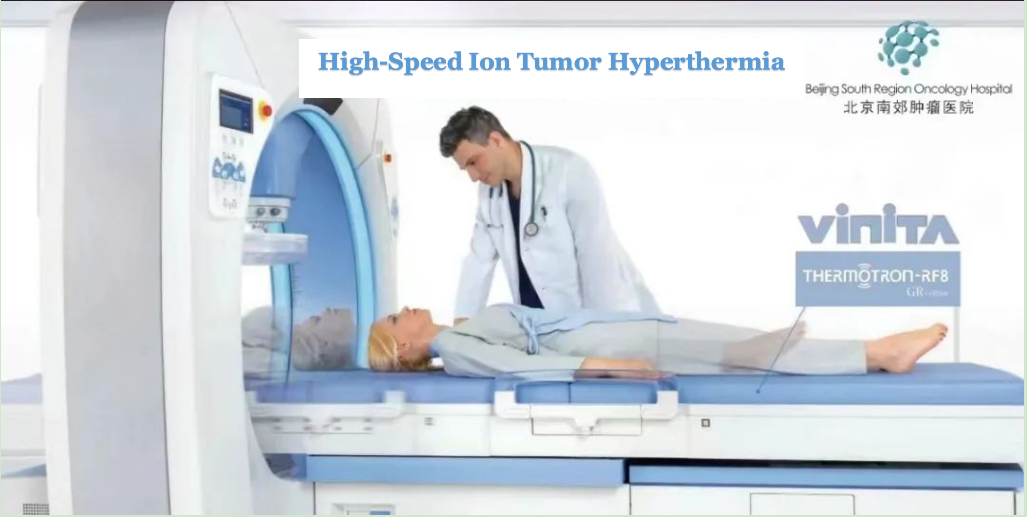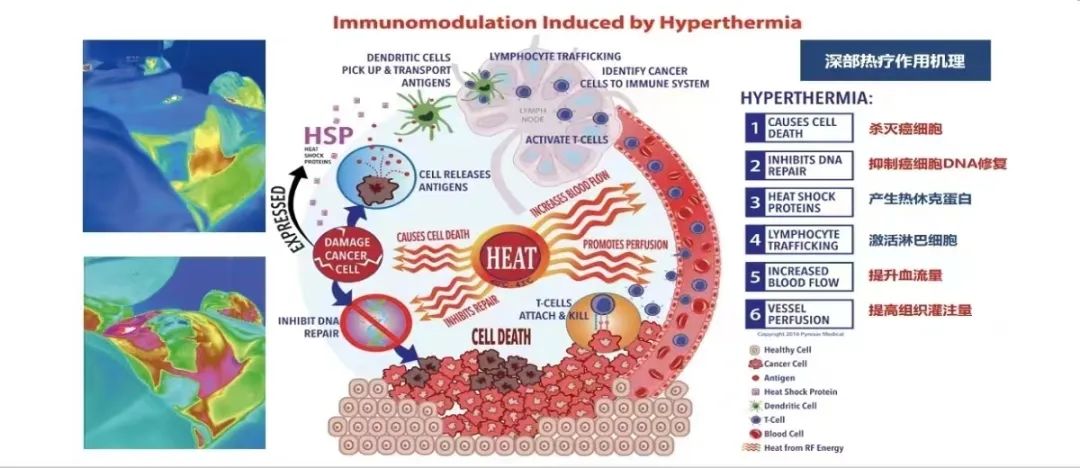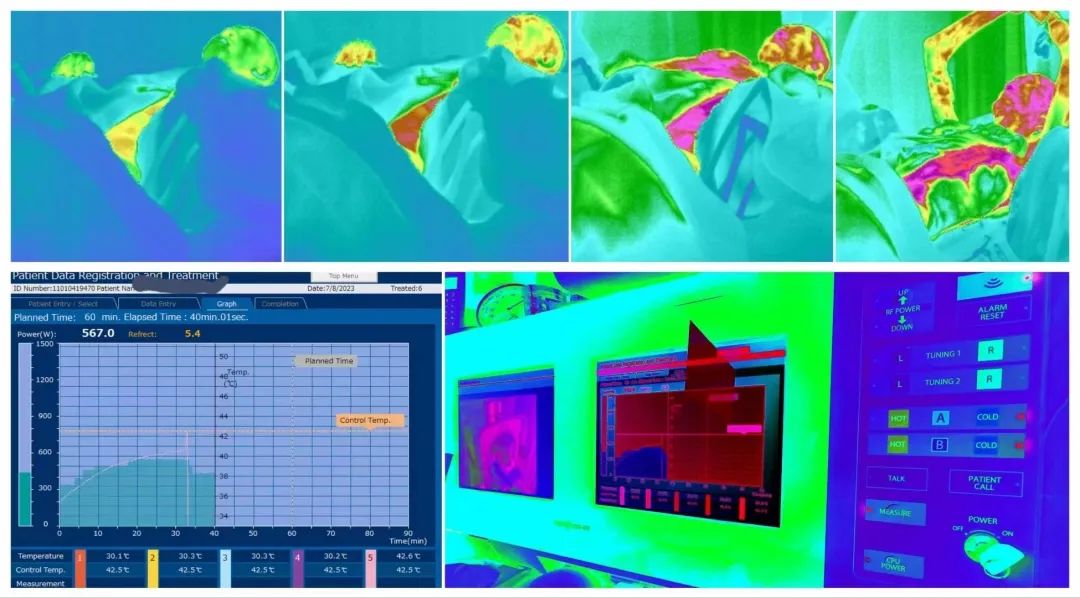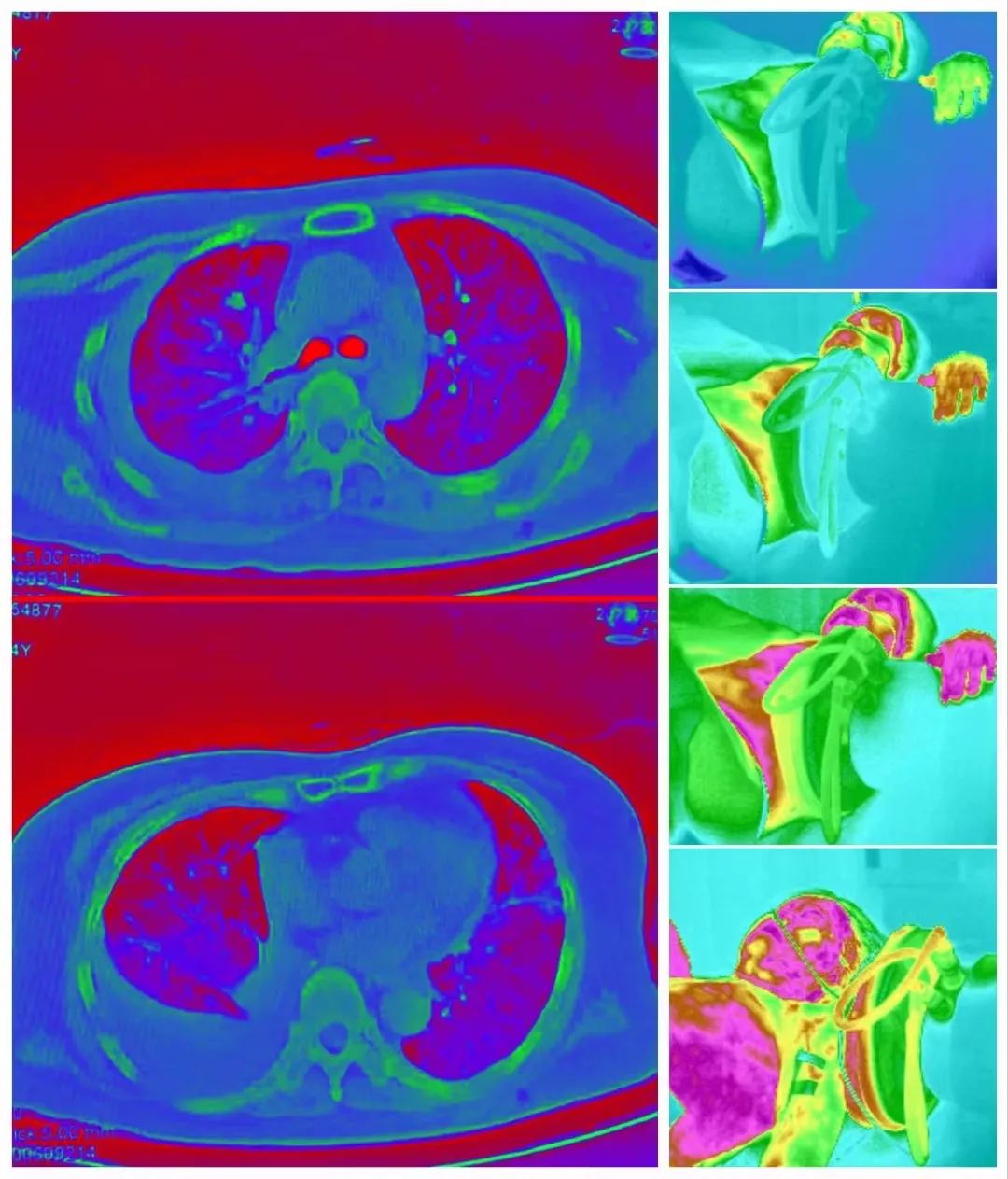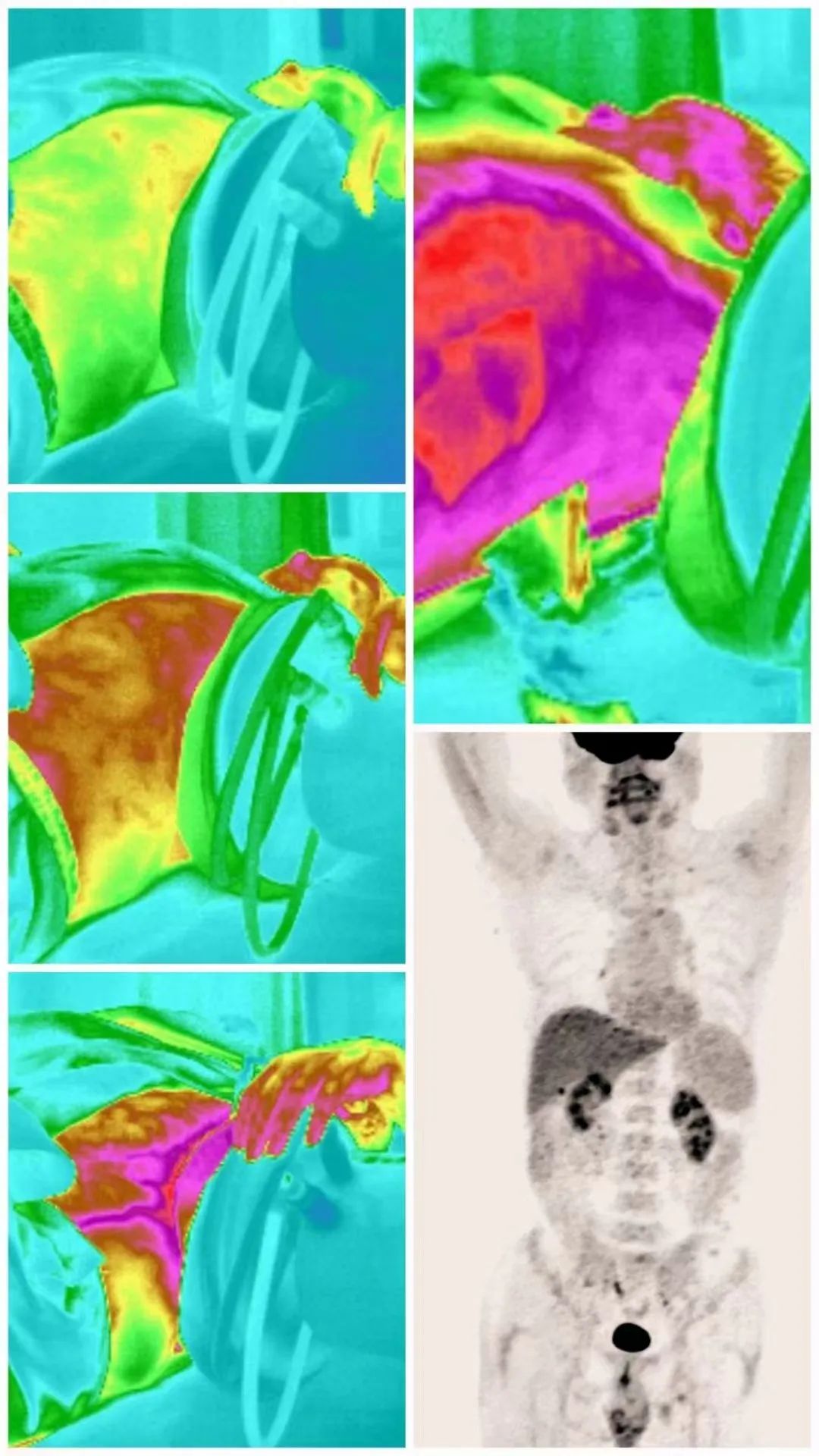The Fifth Treatment for Tumors – Hyperthermia
When it comes to tumor treatment, people usually think of surgery, chemotherapy, and radiation therapy. However, for advanced-stage cancer patients who have lost the opportunity for surgery or who fear the physical intolerance of chemotherapy or the concerns about radiation from radiation therapy, their treatment options and survival period may become more limited.
Hyperthermia, in addition to being used as a standalone treatment for tumors, can also be combined with chemotherapy, radiation therapy, traditional Chinese medicine, and other treatments to create an organic complementarity. It increases the sensitivity of patients to chemotherapy, radiation therapy, and traditional Chinese medicine, resulting in more effective eradication of malignant tumor cells. Hyperthermia improves the quality of life and prolongs the life of patients while reducing the side effects caused by radiation therapy and chemotherapy. Therefore, it is referred to as “green therapy” by the international medical community.
RF8 Hyperthermia System with Ultra-High-Speed Electromagnetic Waves
THERMOTRON-RF8 is a tumor hyperthermia system developed jointly by the Japan National Institute of Science and Technology, Kyoto University School of Medicine, and Yamamoto VINITA Corporation.
*RF-8 has over 30 years of clinical experience.
*It utilizes the world’s unique 8MHz electromagnetic wave technology.
*Its precise temperature control system has an error margin of less than +(-) 0.1 degrees Celsius.
This system effectively controls electromagnetic wave radiation without requiring electromagnetic shielding.
It employs efficient computer-assisted design for treatment planning and monitoring during the therapy process.
Indications for Hyperthermia:
Head and Neck, Limbs: Head and neck tumors, malignant bone tumors, soft tissue tumors.
Thoracic Cavity: Lung cancer, esophageal cancer, breast cancer, malignant mesothelioma, malignant lymphoma.
Pelvic Cavity: Kidney cancer, bladder cancer, prostate cancer, testicular malignancies, vaginal cancer, cervical cancer, endometrial cancer, ovarian cancer.
Abdominal Cavity: Liver cancer, stomach cancer, pancreatic cancer, colorectal cancer.
Advantages of Hyperthermia Combined with Other Treatments:
Hyperthermia: By heating the deep tissues in the target area to 43 degrees Celsius, protein denaturation occurs in cancer cells. Multiple treatments can lead to cancer cell apoptosis and alter the local tissue environment and metabolism, resulting in increased production of heat shock proteins and cytokines, thereby boosting immune activity.
Hyperthermia + Chemotherapy (Intravenous): Using one-third to one-half of the conventional chemotherapy dose, synchronized intravenous administration is carried out when the deep body temperature reaches 43 degrees Celsius. This enhances local drug concentration and efficacy while reducing chemotherapy side effects. It can be attempted as a “reduced toxicity” chemotherapy option for patients who are not suitable for traditional chemotherapy due to their physical conditions.
Hyperthermia + Perfusion (Thoracic and Abdominal Effusions): Treating cancer-related pleural and peritoneal effusions is challenging. By simultaneously conducting hyperthermia and perfusing chemotherapeutic agents through drainage tubes, cancer cells can be destroyed, reducing fluid accumulation and alleviating patient symptoms.
Hyperthermia + Radiation Therapy: Radiation therapy is less effective against cells in the S phase, but these cells are sensitive to heat. By combining hyperthermia within four hours before or after radiation therapy, treatment can be ensured for all cells at different stages of the cell cycle on the same day, resulting in a potential 1/6 reduction in radiation dosage.
Principles and Origins of Hyperthermia Treatment
The term “Hyperthermia” originates from the Greek word, meaning “high heat” or “overheating.” It refers to a treatment method in which different heat sources (radiofrequency, microwave, ultrasound, laser, etc.) are applied to raise the temperature of tumor tissues to an effective therapeutic level, causing tumor cell death while sparing normal cells from damage. Hyperthermia not only kills tumor cells but also disrupts the growth and reproductive environment of tumor cells.
The founder of hyperthermia can be traced back to Hippocrates 2500 years ago. Through long development, several cases have been documented in modern medicine where tumors disappeared after patients experienced high fever. In 1975, at the International Symposium on Hyperthermia held in Washington, D.C., hyperthermia was recognized as the fifth treatment method for malignant tumors. It received FDA certification in 1985. In 2009, the Chinese Ministry of Health released the “Management Specification for Local Tumor Hyperthermia and New Technologies,” solidifying hyperthermia as one of the important modalities for comprehensive cancer treatment, alongside surgery, radiation therapy, chemotherapy, and immunotherapy.
Case Review
Case 1: Patient with liver metastasis from renal cell carcinoma underwent immunotherapy for 2 years and received a total of 55 combined sessions of hyperthermia. Currently, imaging shows the disappearance of tumors, tumor markers have decreased to normal levels, and the patient’s weight has increased from 110 pounds to 145 pounds. They can lead a relatively normal life.
Case 2: Patient with pulmonary mucinous adenocarcinoma experienced disease progression after surgery, radiation therapy, targeted therapy, and immunotherapy. The cancer had widespread metastasis with pleural effusion. Increasing speed ion therapy combined with advanced immunotherapy was initiated three weeks ago. The treatment has shown no side effects, and the patient has no significant discomfort. This treatment represents the patient’s last chance.
Case 3: Postoperative colorectal cancer patient who had to discontinue targeted therapy due to severe skin damage. After completing one session of high-speed ion therapy, the patient gained 11 pounds in weight.
Post time: Aug-04-2023

